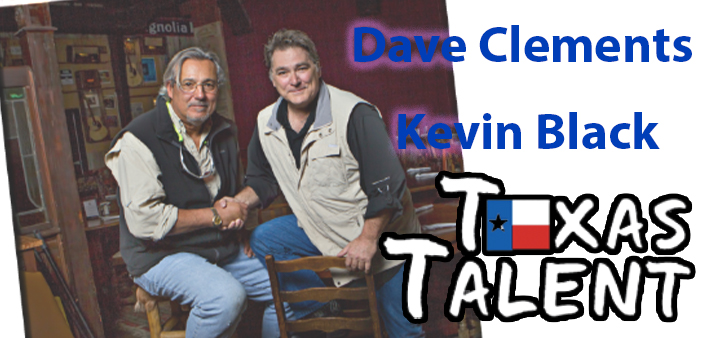When horse owners think of wounds in the horse, the first question is usually, “Will that heal on its own?” In this article, we have provided some wound guidelines based on location and severity of the wound.
Wound Guidelines
Know when to call your veterinarian and, when in doubt, give them a call anyway. Understand that wounds in proximity to or involving eyes, joints and tendon sheaths, abdomen (belly area), and other body cavities may be very serious and may require immediate veterinary attention.
Depending on the location, age of wound, degree of contamination and other factors, your veterinarian will choose whether or not a wound should be sutured.
Head Wounds
There are several important things to know about head wounds. The head has an excellent blood supply that helps with rapid healing, but there is little extra skin over the bones of the face; thus, wounds with significant skin loss take a long time to heal. If there is skin loss involved in a new wound, a veterinarian may be able to repair it if the skin is still viable. Head wounds often result in loose flaps of skin. A veterinarian should repair these wounds as soon as possible. Suturing these wounds saves months of healing time and results in improved cosmetic appearance. Wounds near to or involving the eye require a veterinarian’s assessment immediately. Proper repair of eyelid lacerations is critical to the future function of the eye.
Body Wounds
The critical question is whether the wound involves deeper structures or penetrates into the abdominal cavity. A wound that penetrates into the abdominal cavity or chest introduces life-threatening infection into the cavity and results in severe illness within hours. Whether or not body wounds are sutured depends on many factors, including location, age of wound, degree of contamination, and muscle damage.
Lower Limb Wounds
Lower limb wounds can be potentially very serious. For the best outcome, any wound below the hock or carpus (knee) should be evaluated by an experienced veterinarian. Excessive movement, little loose tissue for contraction, and a poor blood supply in the lower limb results in difficult and slow wound healing.
Excellent veterinary management of these injuries from the beginning is the key to successful outcomes. Suturing of selected lower limb wounds is usually accompanied by careful bandaging or casting and long-term confinement. A properly applied cast can result in a quick, cosmetic and functional outcome in what otherwise would be a slow and difficult healing process.
Upper Limb Wounds
Upper limb wounds generally heal rapidly. There is a better blood supply here than in the lower limb, which aids wound healing. The additional tissue mass means wound contraction can aid healing more than in the lower limb. Veterinarians sometimes choose to repair these wounds by suturing, but often recommend treatment leaving the wound open.
While horsemen know there is an early window of opportunity to suture wounds, there are many other factors that determine whether suturing is the treatment of choice. Phenylbutazone (bute) is a potent pain reliever and anti-inflammatory. It and other anti-inflammatory medications can be helpful in some wounds to reduce swelling and pain, but should be used under the supervision of your veterinarian. They can be dangerous when used incorrectly. Ointments should be used cautiously and under the direction of your veterinarian. While some have positive effects, many actually retard healing or add time and complications to the clipping and cleaning of the wound. Always call your veterinarian immediately if a wound causes lameness visible at the walk. The largest uncomplicated wound may heal uneventfully and with little scarring, whereas the smallest wound in the wrong place can be life-threatening.



